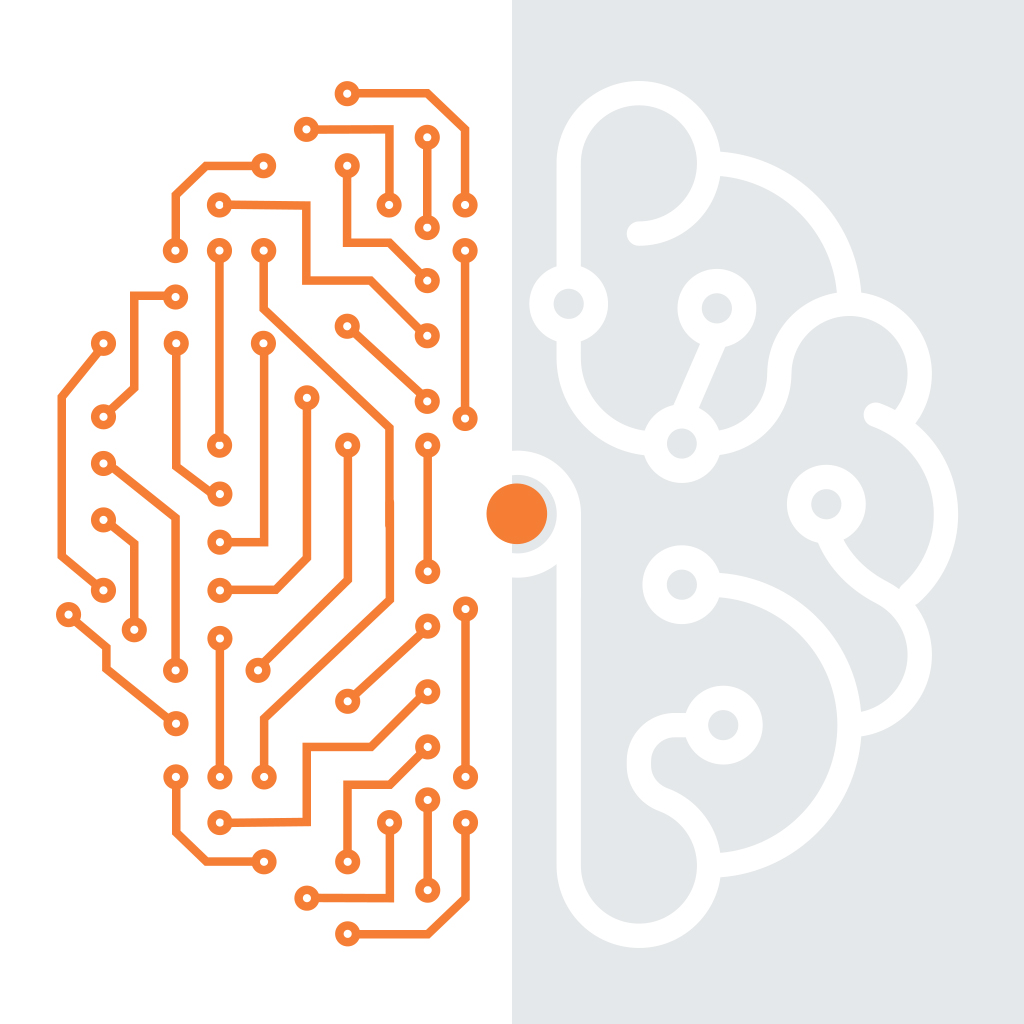We often hear what seems like science fiction of how AI will negatively and positively impact our lives. But are there current AI applications that are successfully partnering with humans in a meaningful way and starting to deliver on the promise of AI? Yes, let’s explore three examples of successful partnerships.
Mammograms
MIT Technology Review1 summarized a study that showed that doctors and AI do better at accurately detecting breast cancer in mammograms when they work together than either does alone. In fact, the study found that doctors were 2.6% better at detecting cancer with AI than without.
This is great news since radiologists are only human and miss one in eight cancers. Things like time of day, fatigue, and overwork can impact a doctor’s accuracy. Computers don’t care what time of day it is and don’t get tired. The deep learning AI uses vast amounts of data to train computers to distinguish between normal-looking and irregular-looking scans. Then, the doctors can use their time efficiently by focusing on the irregular ones.
The partnership between doctors and AI in detecting cancers in mammograms is not only beneficial because of the possibility of increased accuracy but also because there is a shortage of radiologists in many countries and technology could help to expand their reach.
Writing
Language models are becoming very sophisticated. Given inputs, the models can finish your sentence, write a paragraph, or even write a whole news story. In fact, there is now a name for it: algorithmic journalism. Human editors are still needed, of course, just as they are with human writers.
Computers can write the boring, rote, and data-intensive stories about the weather, game scores, and company information like quarterly earnings. The human writers can then add some color to the basics. More importantly, human writers are freed up to work on the more complicated, creative, and nuanced stories.
In November of 20212, the NYT book reviewer Kevin Roose used AI to write part of his review of the book “The Age of AI.” He discovered that despite a few false starts the computer wrote some sophisticated prose.
Retail
AI can be used by retail organizations to help create a personalized, in store experience at scale. This is explored in the book, Working With AI, by Davenport and Miller, who detail how one company, Stitch Fix, is an “online personal styling service that uses AI algorithms in combination with human stylists to make recommendations to clients of items of clothing, shoes, and accessories.3” According to the authors, the algorithms analyze data from various sources including all the inventory, sizing and fit data, as well as a myriad of variables that would be hard for any stylist to keep in their head. The algorithms then make recommendations to the stylists. The stylists can accept or reject the suggestions based on their knowledge of the client. The stylist can better interpret context, such as if a client needs a killer outfit for an event their ex will also be attending. The algorithms are better able to pull knowledge from disparate data sources and to help avoid being influenced by the stylist’s own style choices when making suggestions. The AI simply serves as a tool to help the stylist do his or her job and have more time to do the things that only a human can do: establishing and maintaining a human relationship with the client.
These are just three examples from thousands out there on how AI can augment what humans are doing to make their jobs more accurate, easier, and more interesting.
1.MIT Technology Review, “Doctors using AI catch breast cancer more often than either does alone.” https://www.technologyreview.com/2022/07/11/1055677/ai-diagnose-breast-cancer-mammograms/. Copyright© 2022, All rights reserved MIT Technology Review; www.technologyreview.com.
2. Roose, Kevin, “A Robot Wrote This Book Review,” The New York Times, November 21, 2021.
3. Davenport and Miller, “Working with AI”, The MIT Press, 2022.
1063930.2.0


-1.png)




